How Many Lumens Is A Car Headlight?
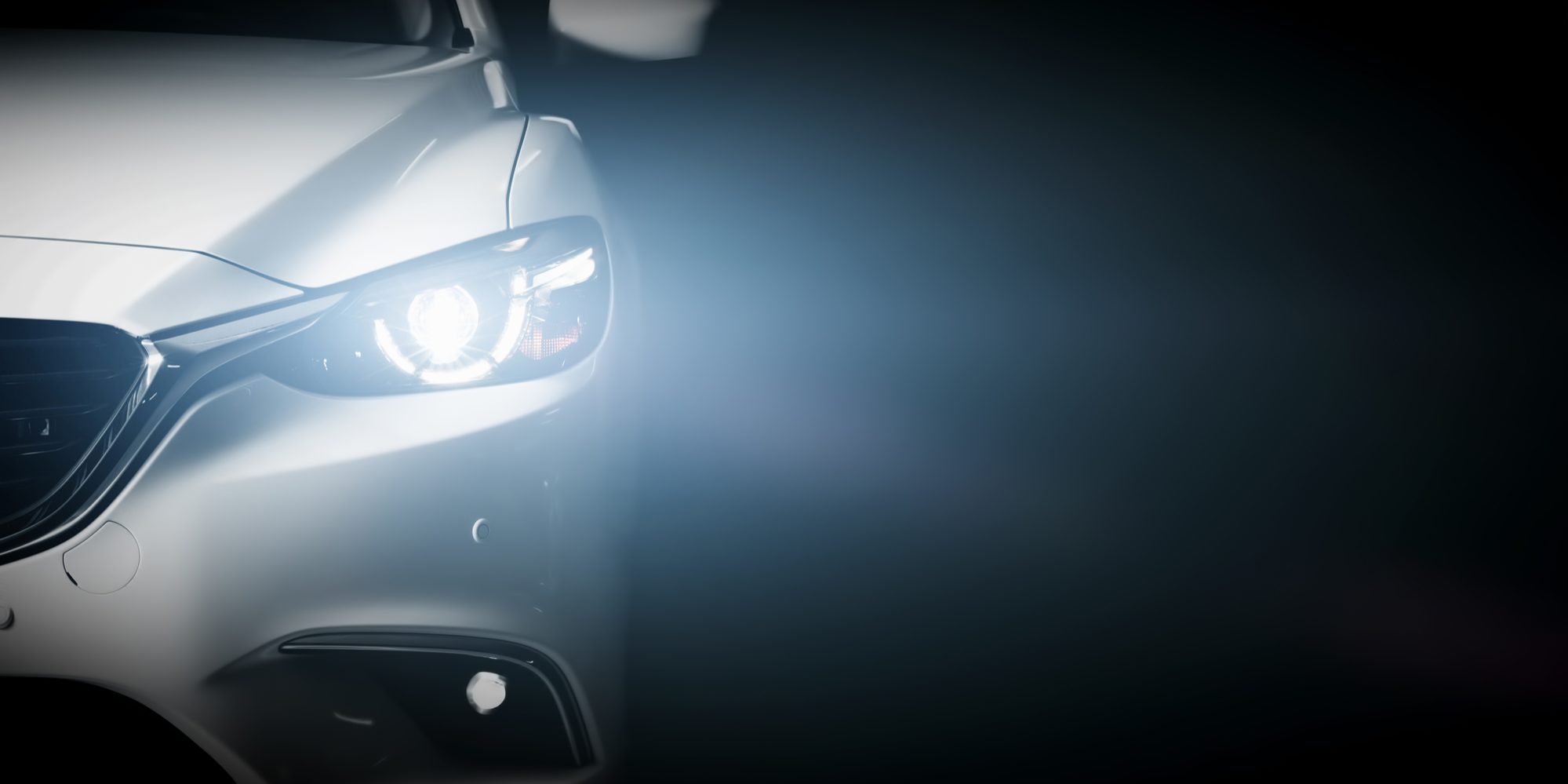
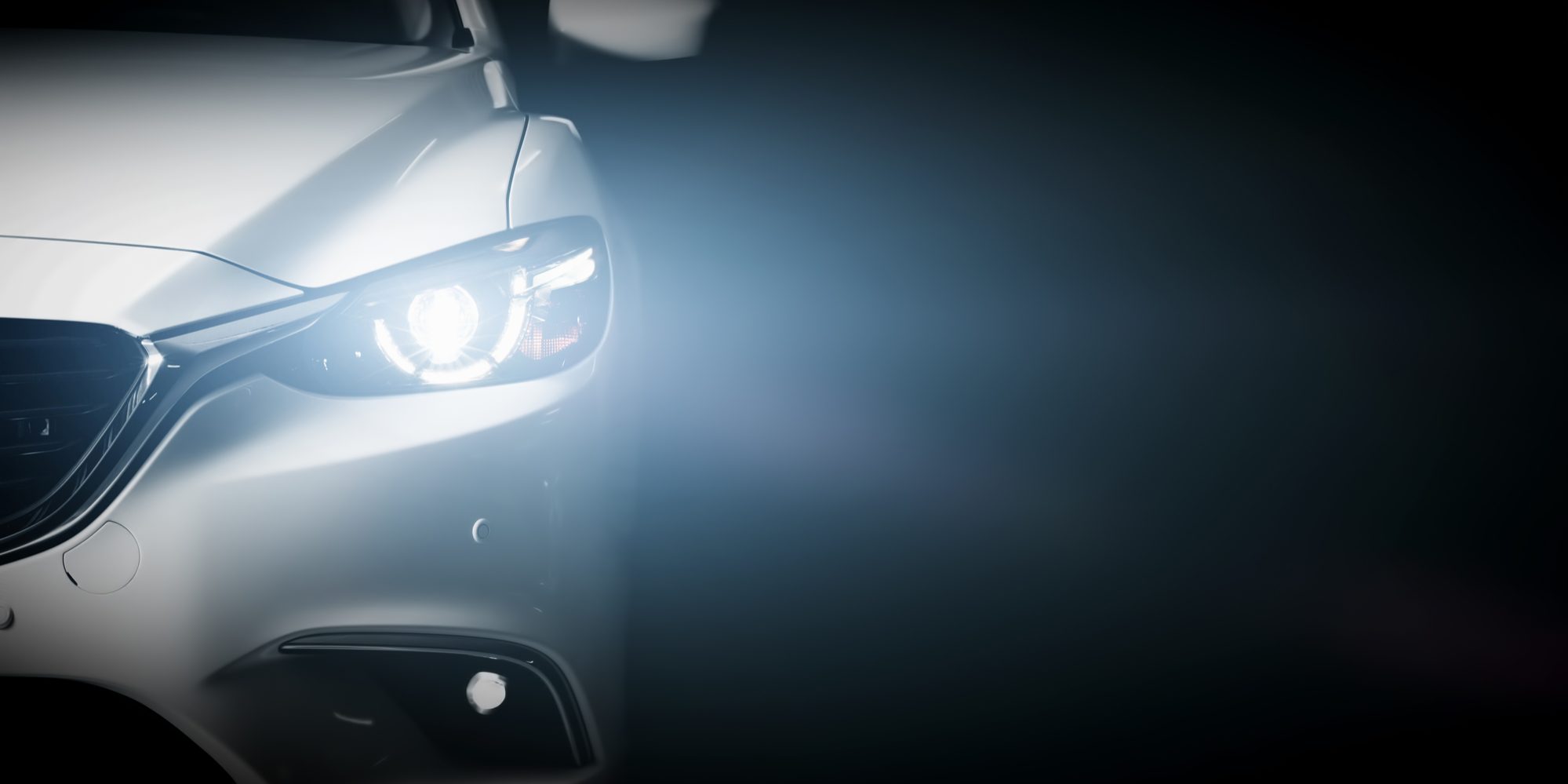
When considering upgrading or replacing car headlights, one critical piece of information is the brightness level, which is measured in lumens. The lumen output of a headlight bulb directly impacts how well a driver can see at night and during poor weather conditions. In essence, lumens measure the total amount of visible light emitted by a source, and in the case of car headlights, this can vary widely depending on the type of bulb.
Typically, halogen headlights, which are common in older models, provide about 700 to 1,200 lumens. More advanced lighting options such as High-Intensity Discharge (HID) and LED headlights offer significantly more. HIDs have a lumen range that can fall anywhere between 3,500 to 8,000 lumens, while LED options are noted to produce between 2,000 to 4,000 lumens, with some even reaching 6,000 lumens per light. The choice of headlight technology greatly influences both luminosity and driving safety.
Key Takeaways
- Lumens measure the brightness of car headlights, influencing visibility.
- Halogen, HID, and LED headlights have varying lumen outputs.
- Headlight technology choice impacts both luminosity and driving safety.
Understanding Headlight Brightness
When assessing the brightness of car headlights, one must consider the lumen output, which directly correlates with how much light a headlight can emit. The safety of a vehicle often hinges on the effective illumination of the road ahead, making this measure of brightness critical for drivers.
Measuring Lumen Output
The lumen (lm) is the international unit of light output used to quantify the amount of light that a light source such as a headlight produces. It is a measure of brightness perceived by the human eye. Headlight brightness can range from around 700 to 6,000 lumens; the higher the lumen value, the brighter the light.
Lumen and Lux Basics
While lumens measure the total amount of light emitted, lux (lx) measures the intensity of that light over a specific area—a lumen per square meter, to be exact. One lux equals one lumen per square meter, providing a standard to compare the effective brightness of different lighting systems. A typical car headlight is capable of producing illumination anywhere between 700 and 4000 lux.
Brightness and Safety
Higher lumen outputs may not necessarily translate to safer driving conditions. A bright light must be properly focused to effectively illuminate the road without blinding other drivers. Balancing brightness with the right beam pattern is essential for safety. Legislation often defines maximum allowable lumen outputs to ensure that headlights meet safety standards without causing glare.
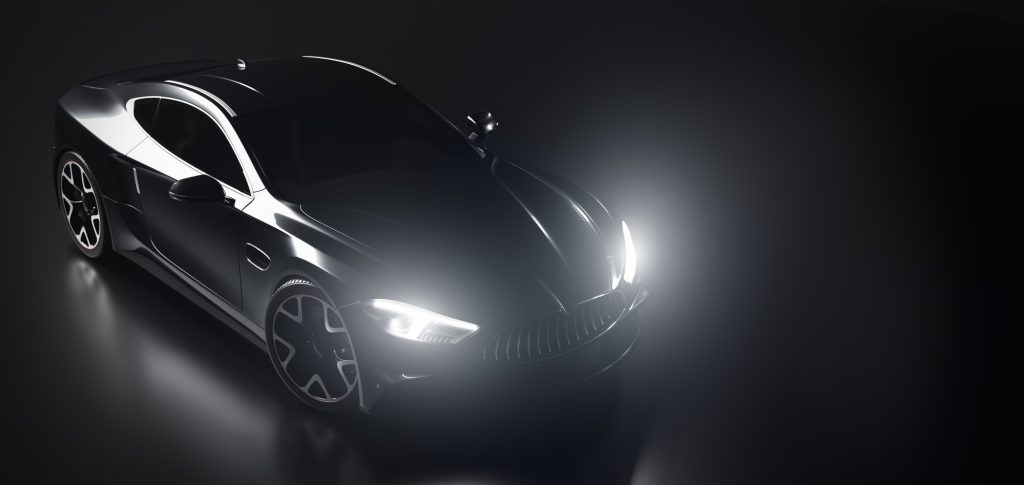
Types of Car Headlights
Car headlights come in various types, each with distinct characteristics and levels of brightness measured in lumens. Three of the most common are halogen, LED, and HID/Xenon headlights.
Halogen Headlights
Halogen headlights are the traditional choice in automotive lighting. These headlights use halogen bulbs, which contain a tungsten filament surrounded by halogen gas. When electrified, the filament glows, emitting light—a process known as incandescence. Despite newer technologies on the market, halogen car headlights remain popular due to their low cost, ease of replacement, and warm light output.
LED Headlights
LED headlights use light-emitting diodes (LEDs) to create light. LED bulbs are known for their efficiency and longevity, converting a higher proportion of energy into light with less wasted as heat compared to halogen bulbs. LED car headlights provide a bright, white light and have become more commonplace due to their energy savings and long service life.
HID/Xenon Headlights
High-Intensity Discharge (HID) or Xenon headlights produce light by creating an electric arc between two electrodes within a gas-filled bulb, typically containing Xenon gas. HID headlights, also called xenon headlights, offer more lumens than halogen lights and have a distinctive bluish-white brightness. They are more energy-efficient than halogens and often used in higher-end vehicles for their intense and broad coverage of the road.
Factors Affecting Headlight Performance
The performance of a vehicle’s headlights is not just a matter of bulb wattage; it encompasses factors such as color temperature, maintenance, and legal regulations, which all influence visibility, safety, and compliance.
Effect of Color Temperature
The color temperature of headlights, measured in Kelvin (K), plays a pivotal role in performance. Bulbs with lower color temperatures emit a yellowish hue, closer to halogen bulbs, which are typically around 3000K. These are less effective under certain weather conditions. On the other hand, higher color temperatures result in a whiter light, similar to daylight, and can reach up to 6000K or more, promoting better visibility but not without potential regulatory limits.
Headlight Lifespan and Maintenance
Headlights degrade over time. Factors influencing their lifespan include usage patterns and wattage, with higher wattage often leading to shorter lifespans. Regular maintenance should involve checking for dimming bulbs and proper alignment. Low beams, which are used more frequently, might wear out faster than high beams. Effective maintenance ensures optimal light beam projection and road safety.
Impact of Regulations on Headlight Performance
Driver safety is impacted by how well the road is illuminated. Thus, vehicle regulations specify legal limits for headlight brightness and beam distance to prevent glare and ensure driver visibility. High-beam headlights can emit between 2000 to 4000 lumens, while low beams range from 700 to 1200 lumens in most halogen bulbs. These values vary as per legal requirements to balance road safety and functionality.
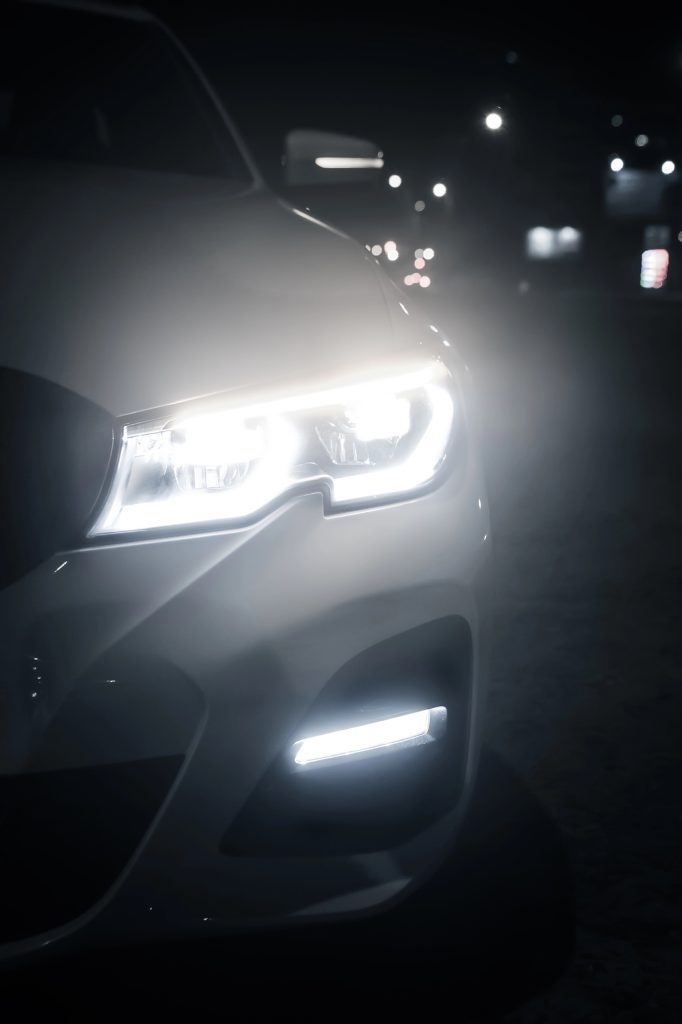
Advanced Headlight Technologies
The evolution of headlight technology has been geared toward improving both visibility and efficiency to enhance safety and performance during nighttime driving. Manufacturers focus on incorporating advancements that adapt to various driving conditions and reduce electricity consumption.
Adaptive and Smart Headlights
Adaptive headlights are engineered to adjust the direction and range of the light beam according to the speed, steering angle, and elevation of a vehicle. This allows for better illumination of the road, especially on curves and over hills, thus improving safety in rural or foggy weather conditions. Smart headlights, on the other hand, use sensors and cameras to modify light output and intensity based on the surrounding area, such as dimming to reduce glare for oncoming traffic.
- Adaptive Headlight Example: When an automobile turns a corner at night, the headlight beam smartly swivels to light up the path ahead, increasing visibility and safety.
- Smart Headlight Feature: These lights can automatically switch between high and low beams, depending on the presence of other vehicles and ambient light conditions.
Energy Efficiency and Electricity Consumption
The shift to more energy-efficient lighting technologies in the automotive industry is reducing the electricity consumption of headlights. Light-Emitting Diode (LED) headlights and High-Intensity Discharge (HID) lamps offer a significant improvement in energy efficiency over traditional halogen bulbs.
- LED Efficiency: LED headlights are highly efficient, with some OEM lights producing between 3,000 to 6,000 lumens while drawing less electricity than halogen bulbs.
- Kelvins and Brightness: Not only is LED technology efficient, but it also provides bright light measured in thousands of kelvins, giving a daylight-like glow that aids in clarity during nighttime driving.
An example of the difference in energy consumption is demonstrated by the lumen rate per watt. While halogen lamps may offer around 700 lumens for about 55 watts of power, LED options can provide 3,000 lumens or more for less than half that power consumption. With a higher lumen rate, LED headlights give a more intense light output, effectively reducing the need for frequent replacements due to wear and enhancing the performance of the headlight type.
How Many Lumens Is A Car Headlight? – Frequently Asked Questions
When it comes to car headlights, understanding the intensity and legal restrictions is crucial for safe and lawful driving. This section addresses common inquiries about headlight lumens, comparing different types of headlights, and adhering to legal standards for brightness.
What is the lumen range for standard halogen car headlights?
Standard halogen car headlights typically emit between 500 to 1,200 lumens, providing adequate brightness for most driving conditions.
Are LED headlights with 12,000 lumens too intense for safe driving?
Headlights that emit 12,000 lumens are considered too intense for road use and may cause glare, affecting the safety of other drivers.
What’s the difference in brightness between HID and LED headlights?
HID headlights generally produce about 3,500 to 8,000 lumens, while LED headlights can emit between 5,000 to 6,000 lumens per light, making LEDs brighter on average.
What is the legal limit for headlight brightness in Texas?
Texas adheres to the Federal regulations, setting the minimum lumens for car headlights at 500 lumens, but there is no specified state maximum; discretion should be used to avoid impairing the vision of other drivers.
Can you use 20,000 lumen headlights in a regular vehicle?
Using 20,000 lumen headlights in a regular vehicle is not recommended, as they far exceed the lumen output intended for safe and lawful driving.
Are headlights with a color temperature of 6000K allowed by law?
Headlights with a color temperature of 6000K typically fall within legal range for white light, making them permissible under most traffic laws as they do not emit a blue hue.
Images courtesy Depositphotos.


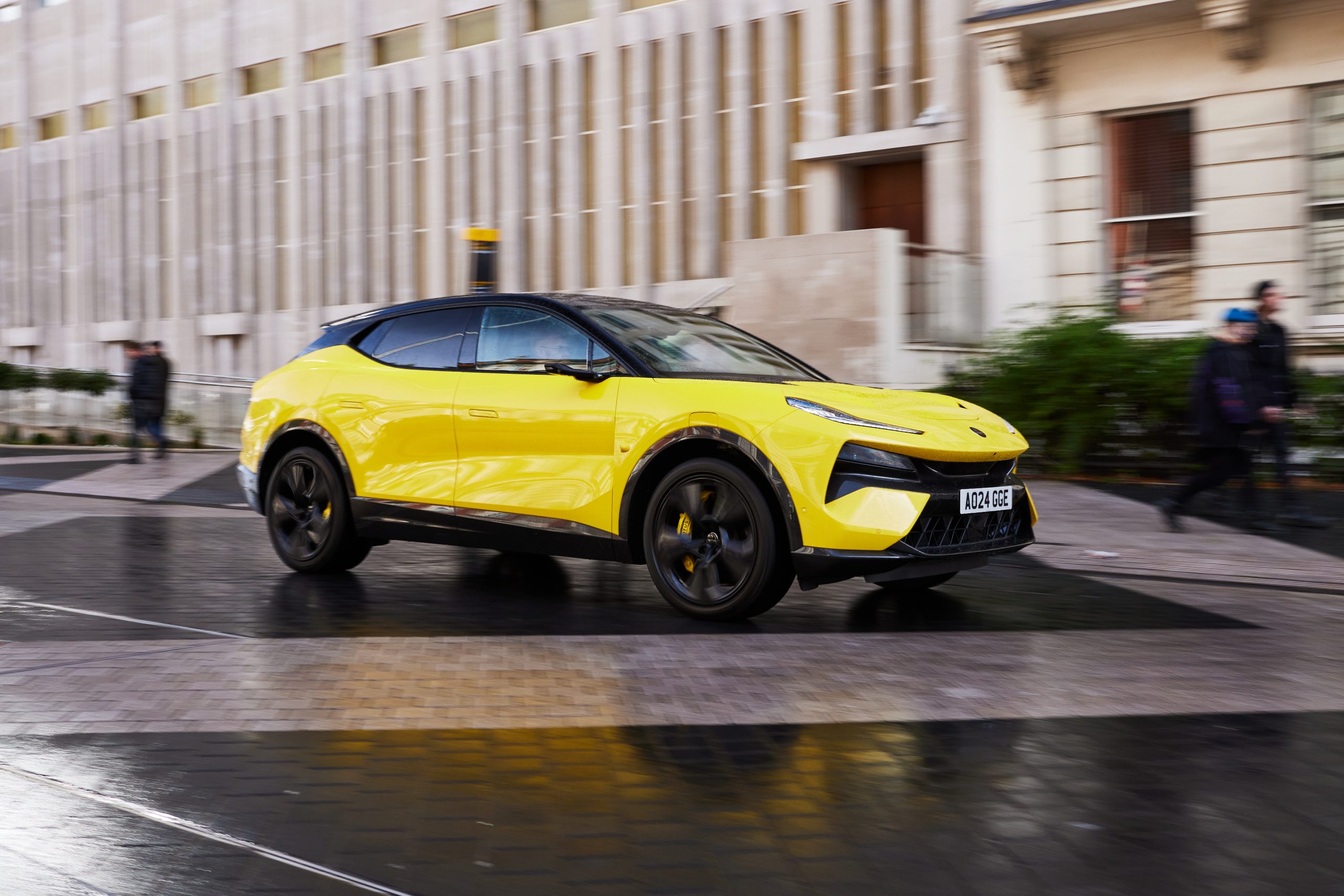

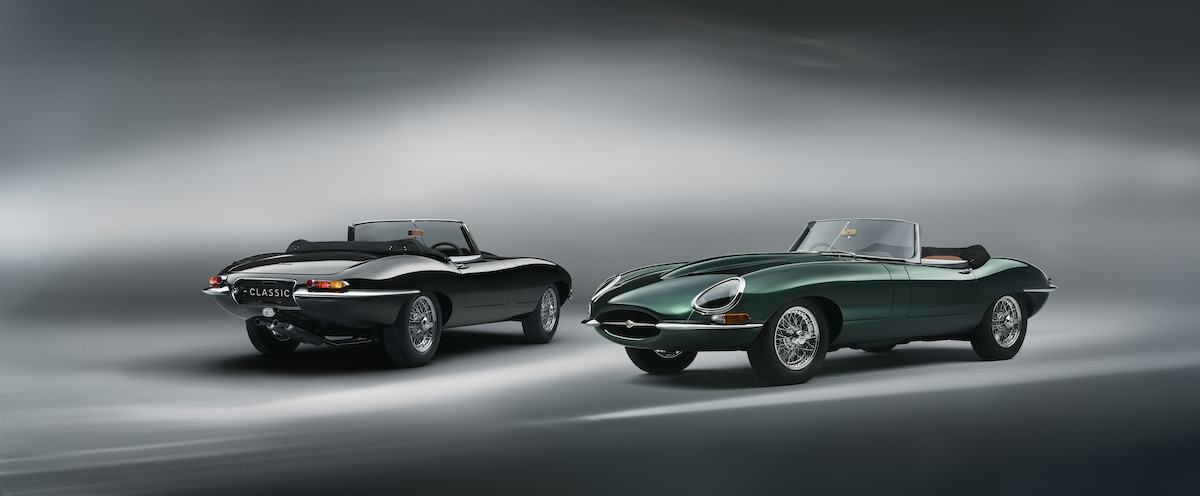

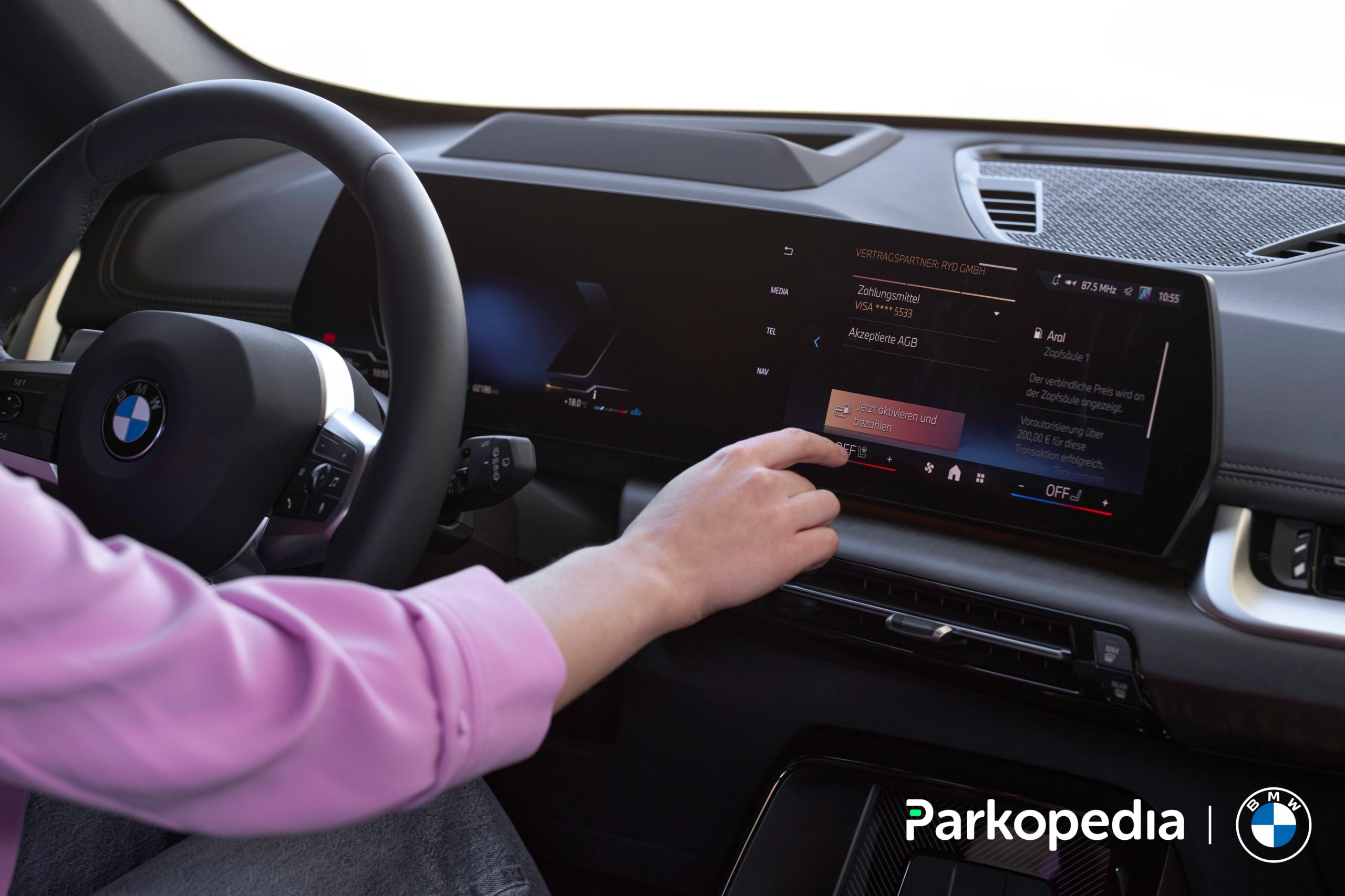
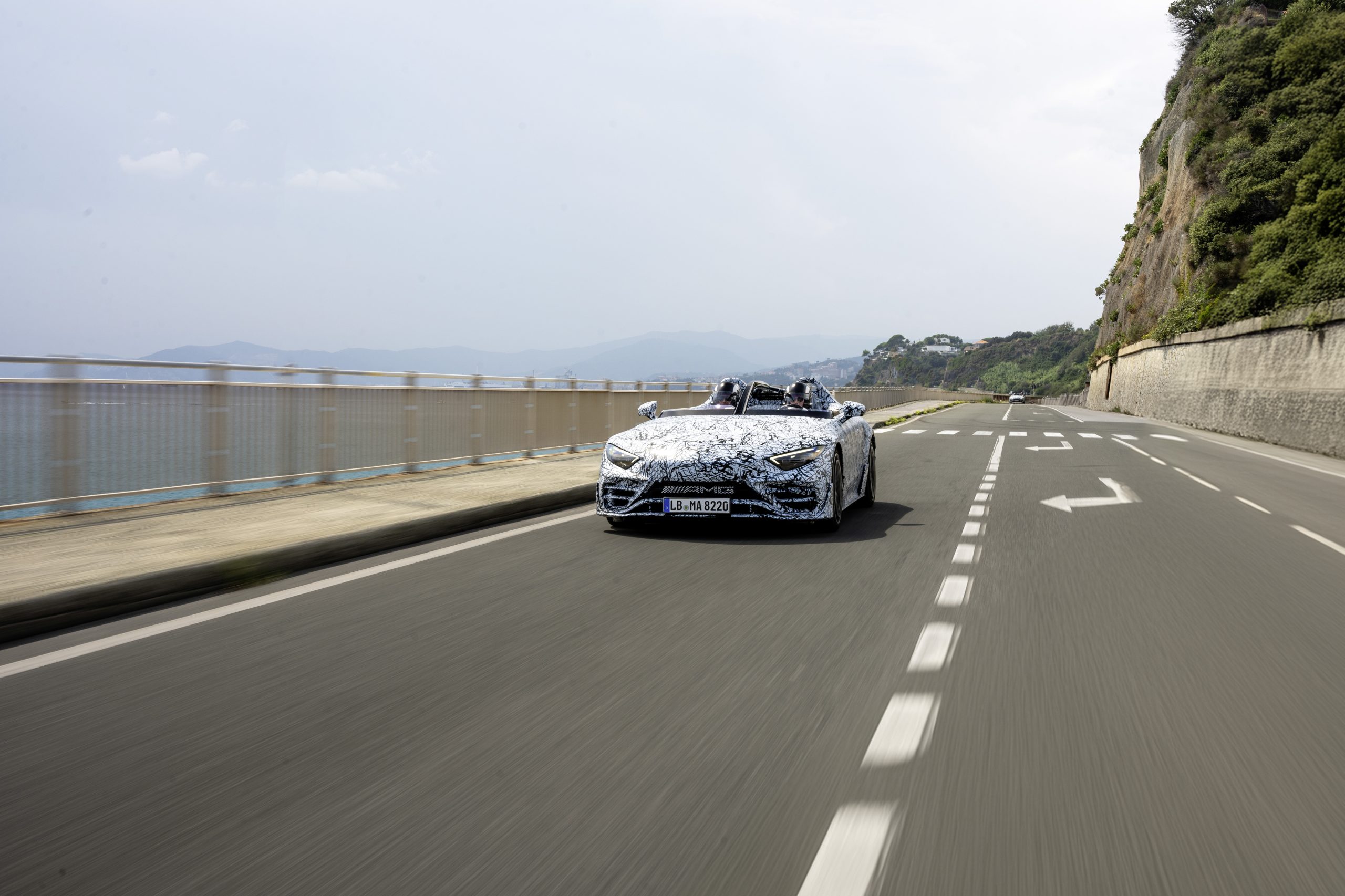
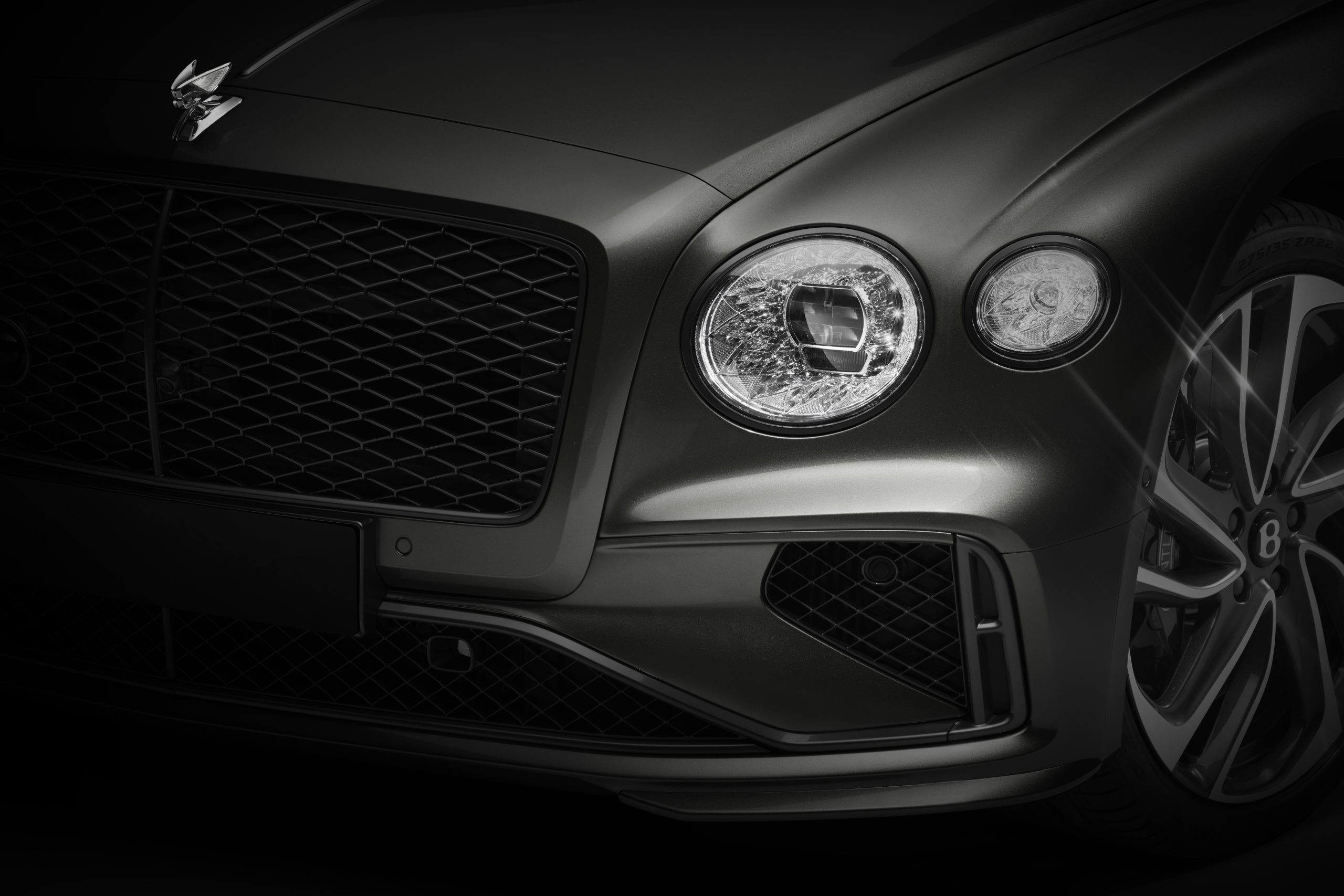


[…] Check your battery: before attempting to jump-start your vehicle, ensure that your battery isn’t damaged or dead. You can do this by turning on the headlights or stereo of your car. […]